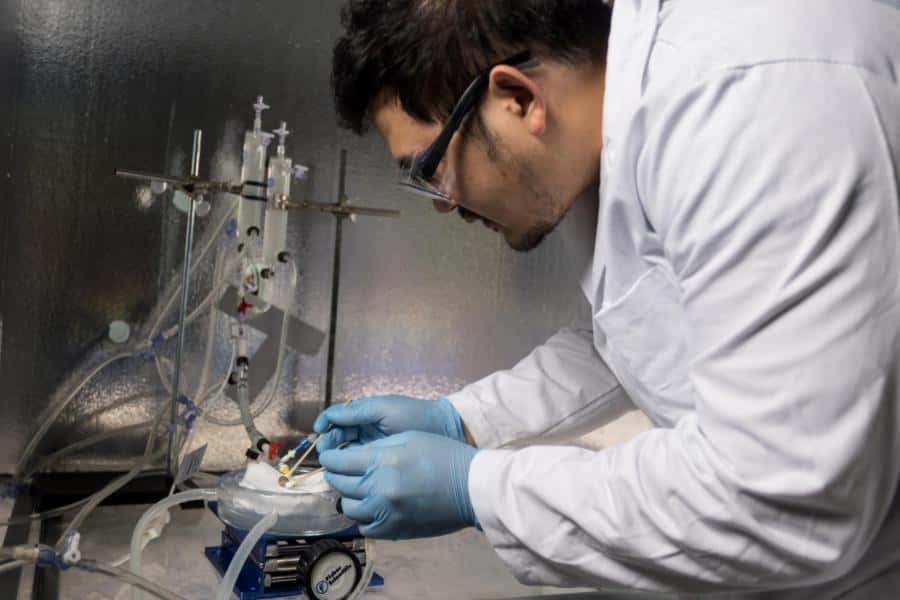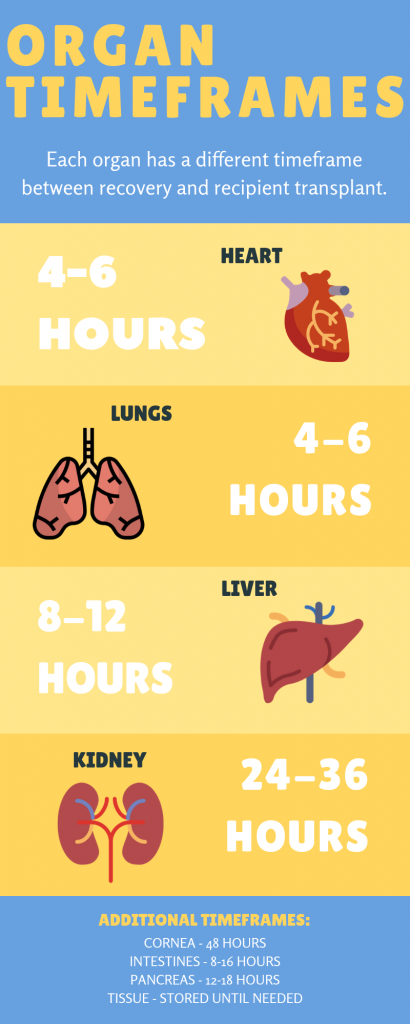
Scientists have achieved an extraordinary feat in the field of transplant medicine. In a world-first, researchers at the University of Minnesota successfully thawed and transplanted rat kidneys, marking a historic milestone in the preservation of mammalian organs.
The rat kidneys had previously stayed in ultracold storage for a staggering 100 days. For comparison, transplant kidneys have a maximum ‘shelf life’ of 36 hours — any longer than that and the organs aren’t viable anymore. Thoracic organs, like the heart and lungs, can only remain viable for transplant after being outside the body for four to six hours.
Currently, over 100,000 people in the United States alone are awaiting life-saving organ transplants, but only a fraction of them receive the organs they desperately need in time. Cryopreservation and rewarming of organs could remove the ticking clock by massively increasing the stocks of organs available for transplant.
“It’s historic,” said Mehmet Toner, a biomedical engineer at Massachusetts General Hospital and a Harvard Medical School professor working in organ cryopreservation. “This is the beginning of a very exciting journey.”
An icy descent and a remarkable revival
Until now, the formation of ice crystals during freezing and the subsequent damage caused by uneven thawing have posed insurmountable challenges. Ice crystals can literally slice through cell walls, thereby destroying the organs because water is everywhere in the human body.
John Bischof, a pioneering mechanical engineering professor and director of the University of Minnesota’s Institute for Engineering in Medicine, has dedicated years to overcoming these hurdles — and he had good reason to do so as the stakes are extremely high.
Each year, thousands of kidneys, hearts, and livers are transplanted in a race against time, as the viability of organs rapidly declines after donors pass away. Tragically, up to 20% of donor kidneys go to waste due to their inability to reach recipients in time.

Many scientists are looking into xenotransplantation (transplanting a pig heart into a human, for instance) and regenerative medicine. Progress is promising, but these fields are still in their experimental stage.
Instead, Bischof and colleagues marched on with cryopreservation, the process of preserving organs at ultralow temperatures. Improved freezing techniques have already revolutionized in-vitro fertilization, empowering infertility specialists to achieve higher pregnancy rates while mitigating the risk of multiple births.
However, the same techniques that work seamlessly for tiny embryos encounter significant hurdles when applied to larger, more developed human organs. The freezing and thawing process becomes an intricate dance where the outer layers of an organ can thaw faster than the core, leading to irreparable damage.
Enter vitrification, a rapid cooling method that suspends organs in a glassy, liquid state, preventing the formation of ice crystals. During this process, the kidney is exposed to liquid nitrogen vapor, plunging it to a bone-chilling minus 150 degrees Celsius. The kidney enters a state of suspended animation — once a science fiction concept — a frozen slumber that halts its biological clock.
Magnetic magic
But the hard part is safely thawing the organs from their vitrified state, which has been an unsolved puzzle for many years. The researchers overcame this challenge with an ingenious solution.
They infused minuscule iron particles throughout the organ before it was cooled. When it was time for thawing, the organ was placed in a magnetic field that rapidly rotated it, generating heat from within and evenly thawing the entire organ.
The thawed kidney, which emerged after more than 100 days of cold storage, was then transplanted into a rat. It functioned normally within just 30 days. This groundbreaking technique was repeated four more times, with the same successful results.
“During the first two to three weeks, the kidneys weren’t at full function, but by three weeks, they recovered. By one month, they were fully functioning kidneys that were completely indistinguishable from transplants of a fresh organ,” said the study’s co-senior author Erik Finger, a transplant surgeon and professor of surgery at the University of Minnesota Medical School.
When he witnessed these results first-hand, Bischof felt a palpable sense of making history.
“All of our research over more than a decade … has shown that this process should work, then that it could work, but now we’ve shown that it actually does work,” said Bischof.
However, the journey of organ transplantation from rat to human is not at all straightforward. Developing a safe and effective cocktail of chemicals for vitrifying human organs presents its own unique set of challenges. The rewarming process must be perfected to avoid damage to organs and ensure uniform temperature distribution. Additionally, clinical trials, which are notoriously complex, will need to be meticulously designed to assess the viability and safety of cryopreserved organs in humans.
However, with their sights set on repeating their success in larger animals like pigs, the team remains steadfast in their pursuit of advancing this groundbreaking research.
The findings appeared in the journal Nature Communications.






